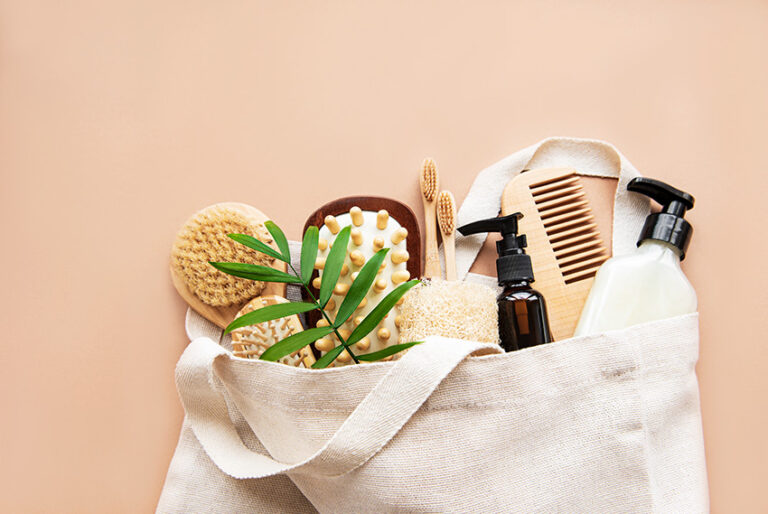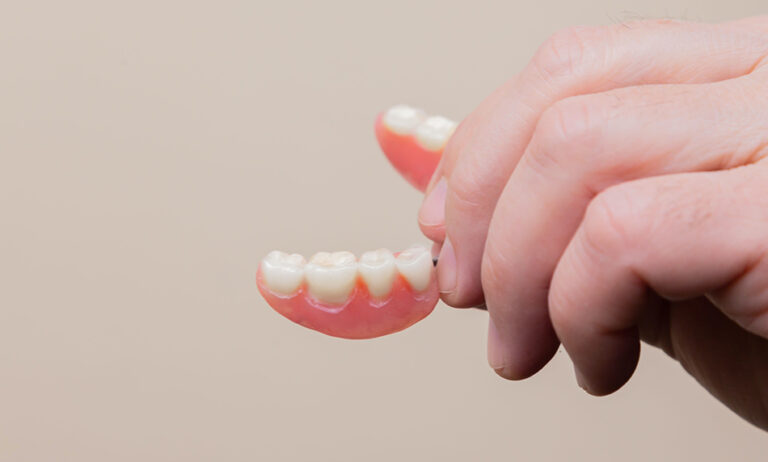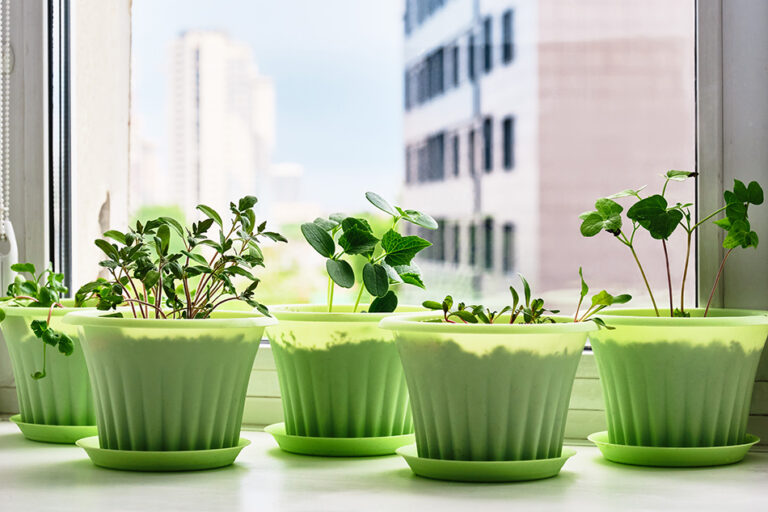Bamboo, in case ya didn’t know, is a super-fast growing plant (grass) with immense economic uses. Over the years, the bamboo plant has been put to good use in constructions, clothing production, furniture making, decorations, and culinary, among others.
The eco-friendly, biodegradable, and high renewable rate (it takes about five years to re-grow when cut down) of the bamboo has seen it play an important role in global action towards limiting the impact of household products on the 21st-century environment. These concerns have led to exploitation and use of the bamboo in oral care, construction, clothing, furniture, and other applications.
Of particular importance is the use of bamboo in oral care. More specifically, the production of toothbrushes with bamboo, which we do at WooBamboo. Tonnes of disused plastic toothbrushes fill up oceans and landfill sites worldwide. They are neither biodegradable nor are they eco-friendly. They, therefore, create a problem for the environment. There are over 7 billion people in the world. If half that population (conservative estimate) use toothbrushes with plastic handles, which they do, it gives you a picture of how much impact non-degradable products have on our environment.
Revolutionary products like the bamboo toothbrush have brought to the fore a unique use of the bamboo, never before explored. Aside from environmental considerations, the use of bamboo in oral care speaks of man’s ingenuity. The bamboo toothbrush is unique and handy, with a sleek feel.
The bamboo is also widely used in construction due to its ability to resist compression and tension, which it does better than wood and concrete. There have been houses made entirely of bamboo. The high renewable rate of the bamboo ensures there is a constant supply as demanded. In rural Asian and African societies, the bamboo is used in constructing bridges. It is also employed for scaffolding when constructing high-rise buildings. If you need to reinforce concrete, consider the bamboo a quality option.
Bamboos provide a good material for flooring. When properly treated, it lasts as long as wood does. If you want something unique and beyond the traditional, you need to give serious thought to bamboo floors. Bamboos are used in flooring due to its durability and strength coupled with its ability to resist insect attacks and moisture. The bamboo goes through a few processes such as being sliced into thin strips, boiled, dried, and glued before it gets ready to be used for flooring. To the eco-friendly person, bamboo floors are a beauty to behold.
Are bamboos used for clothing? That sounds strange. However, as a testament to human ingenuity, the bamboo is a raw material for the textile industry. Rayons (regenerated cellulose fibres) are made from bamboo fibres, which are short. However, this process involves different stages of chemical additions.
With global concerns over rapid deforestation in world’s forests, the bamboo provides an alternative to hardwood in furniture construction and decorations. Its rapid regenerative and renewable rates make it a viable option. Unlike hardwood that is a tree, the bamboo is a grass that grows pretty fast. Bamboo furnitures are durable, and resistant to swelling and shrinking. Do you have an eye for aesthetics? Consider bamboo furniture and decorations. It’s a mix of art and construction.
As research progresses, it is certain that more applications will be found for the bamboo. At present, its applications are beautiful. The bamboo toothbrush is eco-friendly, biodegradable and sleek; and WooBamboo, is eco-conscious and eco-compliant.






